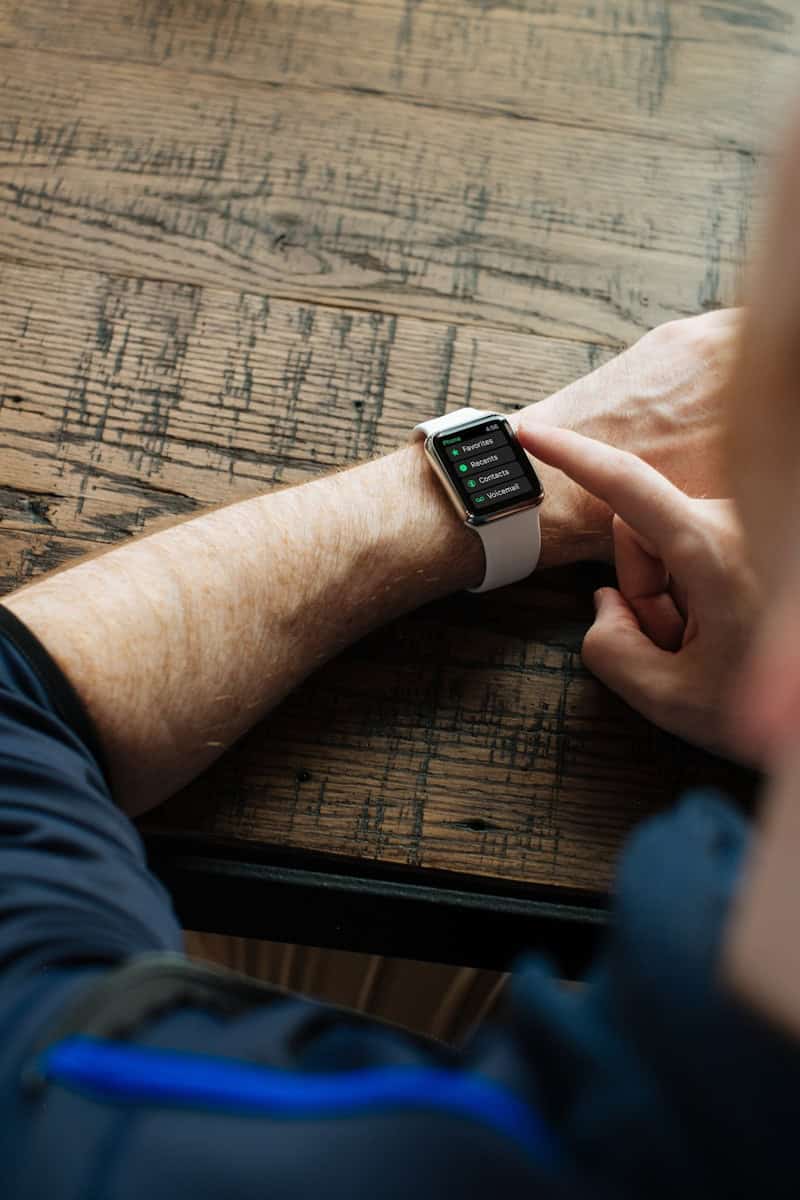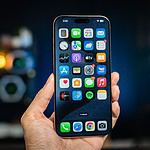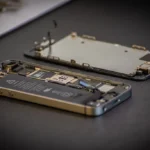The Apple Watch marked a significant milestone in modern technology when it was launched by Apple Inc. in April 2015. As a pioneer in the smartwatch category, the Apple Watch combined timekeeping with expansive features such as fitness tracking, health monitoring, and seamless integration with other Apple devices and services. Its design was centered on innovation, offering a new way for users to connect and stay informed.
Since its debut, the Apple Watch has undergone various transformations, each iteration introducing new features and refinements. Apple’s commitment to design and functionality has enabled the Apple Watch to evolve, maintaining its position as a leading device in the smartwatch market. The evolution reflects Apple’s dedication to merging form and function in its products.
Key Takeaways
- The Apple Watch was introduced by Apple Inc. in April 2015.
- The design and innovation of the Apple Watch have made it a leading device in the smartwatch industry.
- Apple has consistently refined the Apple Watch, adding new features and improving its design.
Development and Launch
The Apple Watch emerged as a significant innovation, blending technology with fashion. This section unpacks its inception, market introduction, and significance in the tech space.
Early Concepts and Design
Apple’s journey to reinvent the watch began long before the public knew. The design team, led by Jony Ive, sought to create a watch that extended the iOS experience. They considered the wrist as new real estate for technology. The first Apple Watch, or Series 0, housed the S1 chip and featured a novel input method, the digital crown, evolving traditional watch aesthetics.
Announcement and Release
Apple announced the Apple Watch in September 2014 during a press event. CEO Tim Cook unveiled it alongside the iPhone 6. The device was Apple’s first new product since Steve Jobs, Apple’s co-founder, had passed. The watch hit shelves in April 2015 as the Apple Watch Series 1. It connected seamlessly with the iPhone and expanded Apple’s ecosystem.
Impact on Technology and Wearables
The Apple Watch set a standard for wearables. It blended health features, notification management, and a suite of apps. Sales soared, making it the best-selling wearable device shortly after release. Its impact was clear, shaping how consumers engage with technology and opening a door to a future where technology is an intimate part of daily life.
Evolution of Apple Watch
Apple Watches have gone through a remarkable transformation since their introduction in 2015. Each new series has brought significant advances in technology, features, and software, alongside increased attention to health and fitness capabilities.
Advancements in Hardware
The first Apple Watch, known as Series 0, set the stage with a touchscreen display and a digital crown for navigation. Subsequent models introduced GPS for location tracking without a phone. Apple Watch Series 2 added water resistance, and Series 3 brought LTE cellular connectivity, allowing for calls and texts on the go. The Series 4 upgrade featured a larger display and a dual-core processor, while Series 5 introduced an always-on display. By Series 6, Apple had incorporated an ECG monitor, and Series 7 improved durability and screen size. Most recently, the Apple Watch Ultra 2 has emerged with even better battery life and enhanced outdoor functionality.
- Series 4: Dual-core processor
- Series 5: Always-on display, compass
- Series 6: ECG and blood oxygen monitoring
- Series 7: Improved durability, larger screen
- Series 8: Crash detection, temperature sensing
Software Updates and Features
With every new version of watchOS, Apple Watch has seen a vast expansion in what it can do. Siri integration allows for voice commands right from the wrist. Notifications for messages and calls keep users connected. Apple Pay support was included early, making wireless payments simple. Over the years, Watch faces have become more customizable. watchOS updates often bring new features, like the Family Setup which lets a watch be used without a nearby iPhone. Health and fitness tracker capabilities have evolved, with sleep tracking added in recent versions.
- watchOS 4: Siri integration, new Watch faces
- watchOS 5: Haptic feedback for notifications
- watchOS 6: Apple Pay for wireless payments
- watchOS 7: Sleep tracking, watch face sharing
Health and Fitness Integration
Apple’s focus on health started with basic fitness tracking and heart rate monitoring. As the Apple Watch matured, it became a powerful health and fitness companion. Series 4 laid the groundwork for the ECG app. Series 5 included a noise app to protect hearing. The most significant advancement came with the introduction of blood oxygen monitoring in Series 6. Fall detection was added to alert emergency services if a user has taken a hard fall. The latest models offer crash detection, and the new temperature sensor in Series 8 could provide further health insights.
- Series 4: ECG app
- Series 5: Noise app for hearing health
- Series 6: Blood oxygen monitoring
- Series 8: Temperature sensor, crash detection







